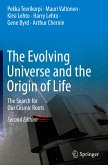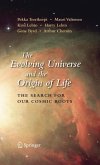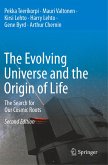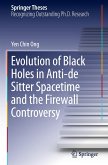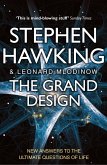This is a thorough, very readable and excellently illustrated biography of Willem de Sitter (1872-1934), one of the most influential astronomers of his time, and also a co-author and correspondent of Einstein. Authored by a physicist and skilled writer, the book gives a beautiful and accessible description of the physics debated by Einstein and de Sitter, as well as the latter's alternative cosmological model, later known as the De Sitter Universe. But this is just part of a fascinating and varied life story involving numerous contributions to astronomy, as well as many places and personalities of early 20th century physics. The book will appeal to all those interested in astronomy and physics and their history.
"This is certainly the best work we have on de Sitter-and perhaps on Dutch astronomy in general. ... Scholars interested in astronomy in the first half of the twentieth century certainly need to read this book, as should those interested in scientific internationalism between the world wars." (Matthew Stanley, Isis, Vol. 111 (1), 2020)
"The book under review covers a very large area of subjects. It can be classified as a historical-scientific work, as well as a bibliographic one, equally as a book concerned to celestial mechanics or to cosmology. ... The reader of the book can be happy to find here also a lot about the greatest scientists from the beginnning of the 20-th century ... ." (Alex B. Gaina, zbMATH 1408.83004, 2019)
"The book under review covers a very large area of subjects. It can be classified as a historical-scientific work, as well as a bibliographic one, equally as a book concerned to celestial mechanics or to cosmology. ... The reader of the book can be happy to find here also a lot about the greatest scientists from the beginnning of the 20-th century ... ." (Alex B. Gaina, zbMATH 1408.83004, 2019)




